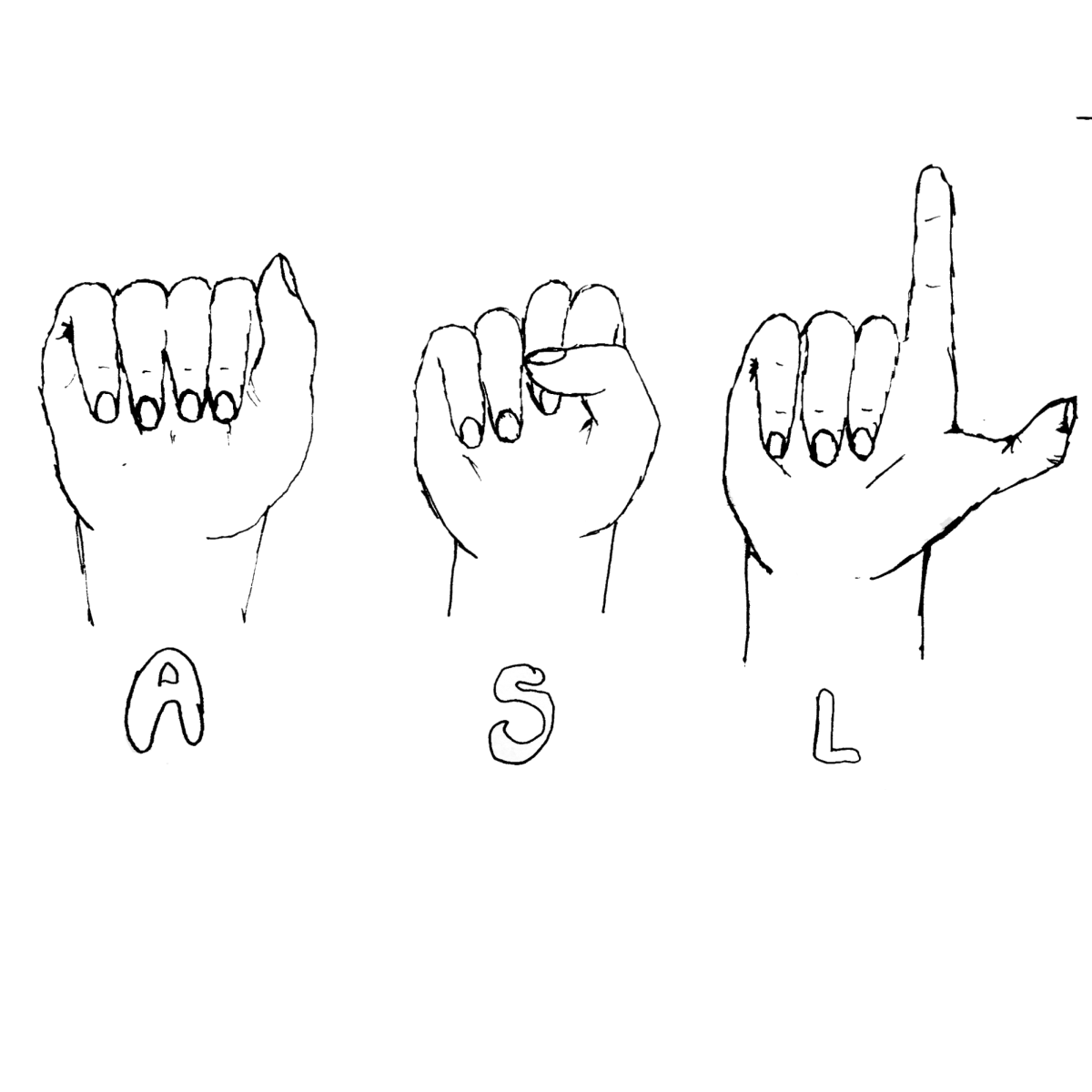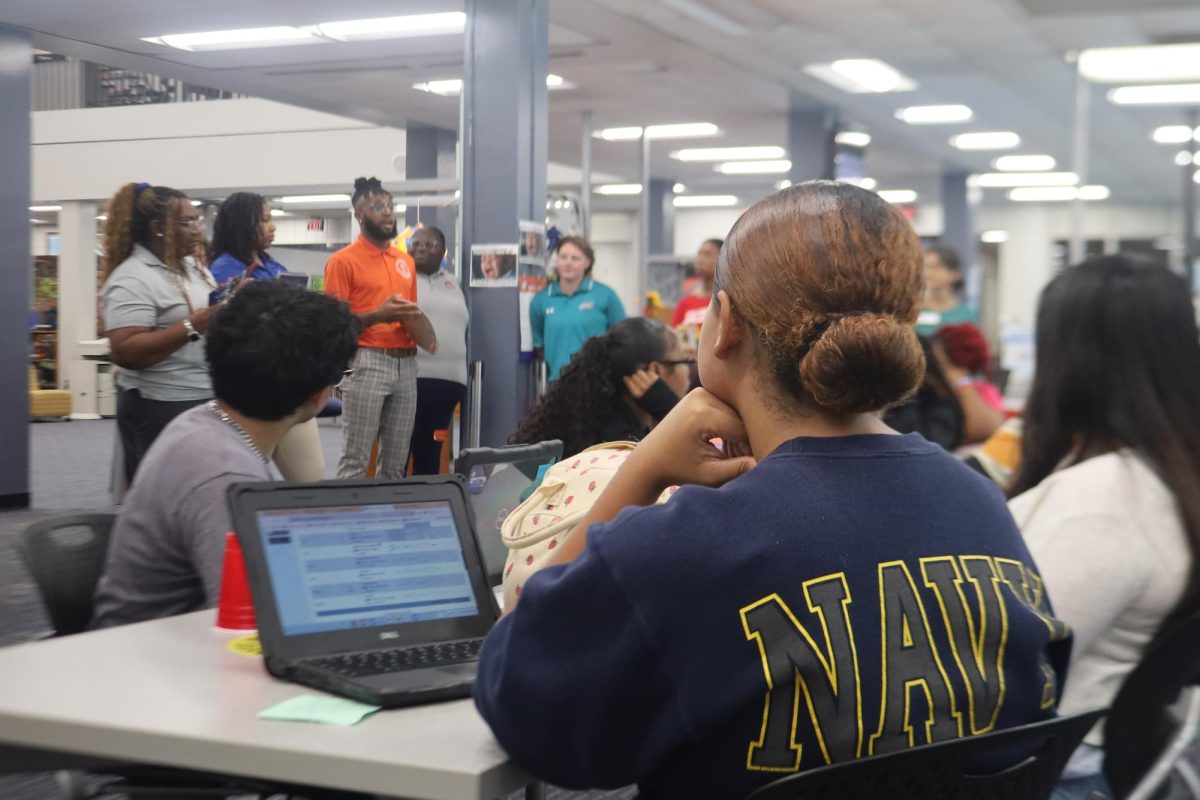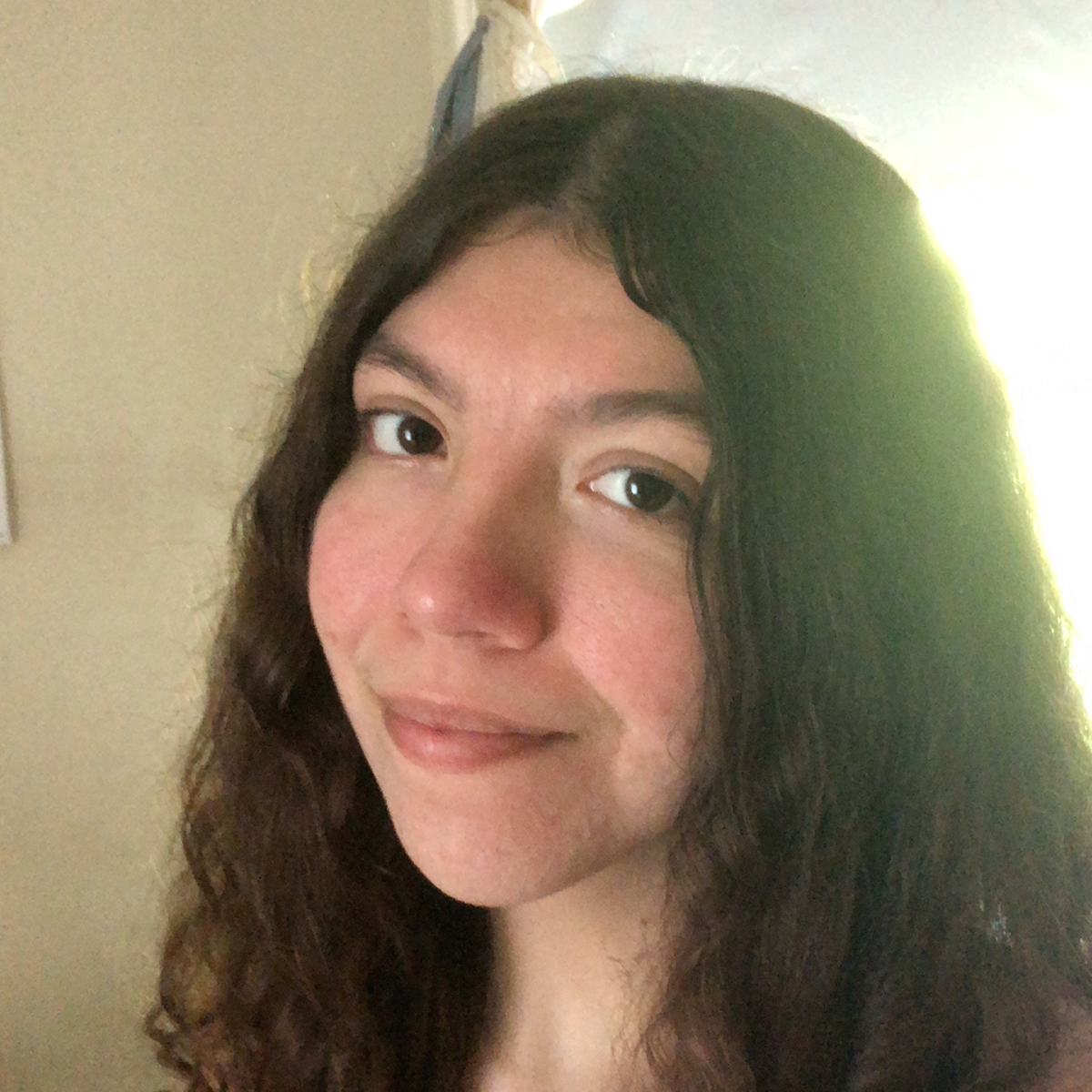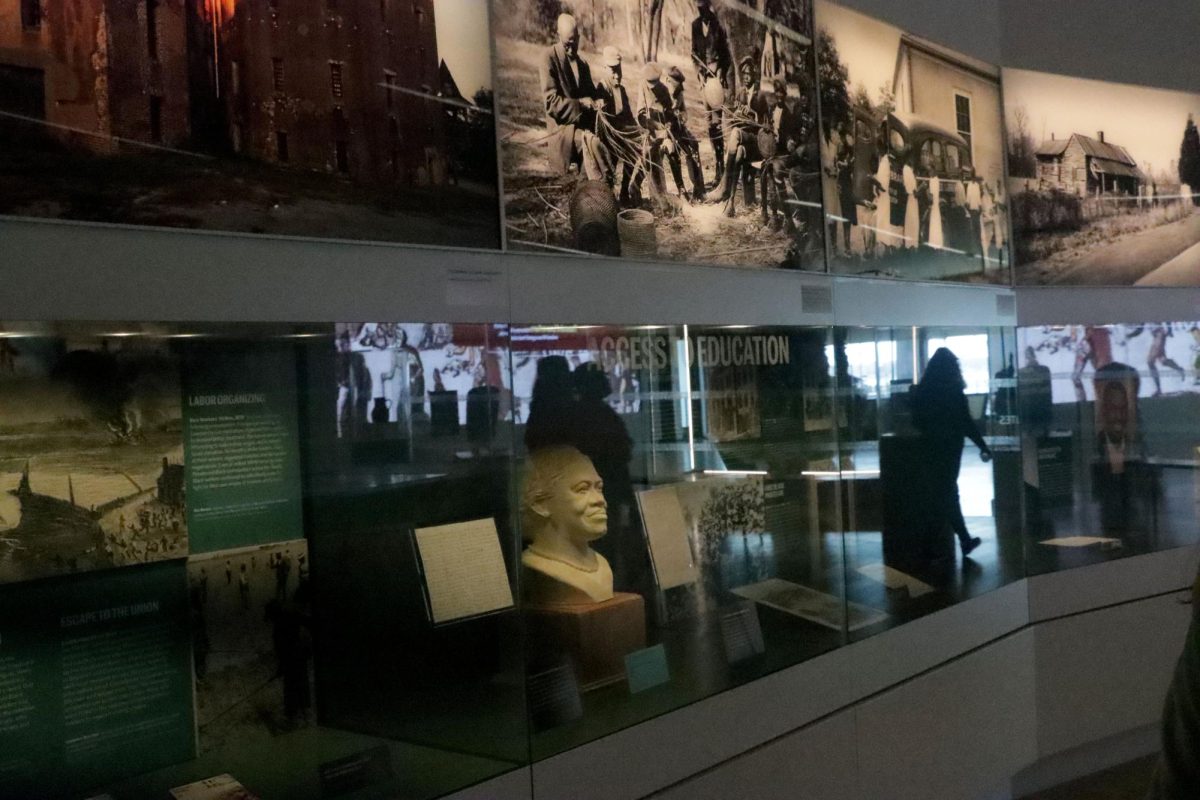In elementary school, we had a day called “Peace Day.” A few months in advance, all the students were taught how to sign their name in ASL, and the song “Light a Candle for Peace” by Shelley Murley. I did not go to school on peace day because I wasn’t feeling the best. Later on, my mom and I made a trip to Panera, and we saw a lady signing to a friend on FaceTime. I remember going up to her because I happened to know a few things in ASL, and it was the perfect chance to sign the song I learned. So I signed my name and “Light a Candle for Peace.” She started crying and hugged me after I was done. This interaction truly made her day, as not many people know how to sign.
American Sign Language, also known as ASL, is a daily communication method used by one million people. Approximately 1,000 out of the 131,000 schools in the U.S. offer an ASL course. There should be more opportunities for students to learn ASL in school, whether it’s a club, a monthly guest speaker, or an online course.
I asked a few students if ASL was offered at RNE as a language course, would they take the class? Sophomore Kimberly Day responded, “Yes, it’s more inclusive for everybody,” but she’s not alone. Out of the seven students I asked, they all agreed they would take ASL as a course.
For high school students in the Columbia area who are interested in learning ASL, there are no in-person courses. Students have the option to:
- Sign up for dual enrollment with Midlands Technical College
- Students attending Hammond School can dual-enroll with USC Sumter
- Students attending Ridge View High School in the Richland Two AVID Early College program can dual enroll with USC Sumter starting Fall 2025
- Privately learn using LanguageBird, and ASL Virtual Academy, or visit First Baptist Church of Columbia for a class
After researching online, I only found one high school in South Carolina that has an in-person sign language course. Midland Valley High School launched Aiken County’s first ASL course this school year in August.
The South Carolina Department of Education recognized ASL as a world language in 2009, meaning that if students complete the course, they will receive a world language credit.
Knowing how to sign has many benefits, including expanding job opportunities, improving attention span, increasing social skills, and promoting deaf awareness. This can benefit high schoolers in the future, open doors for new career paths, and boost their confidence.
Overall, high schoolers should not be limited to the same language courses. Students should have more opportunities to learn ASL in school for free and not have to take private lessons, or wait until college and pay thousands of dollars.











